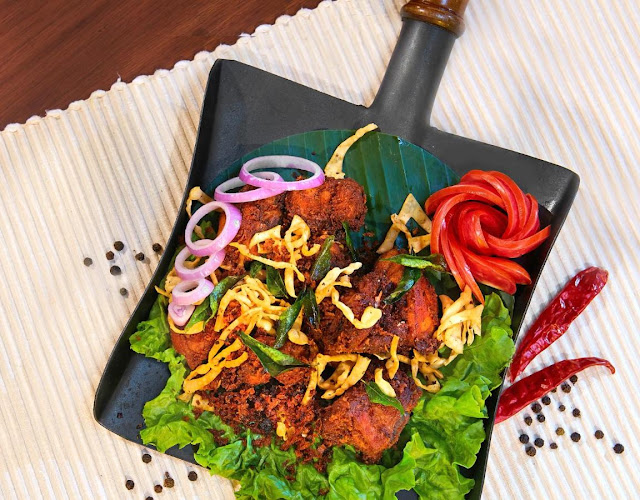What is the difference between specialty and multi cuisine restaurant?
Specialty and multi-cuisine restaurants are two distinct types of dining establishments, each offering a unique dining experience. Here are the key differences between them:
Menu Focus:
Specialty Restaurant: A specialty restaurant is known for its expertise in preparing and serving a specific type of cuisine or a particular category of dishes. These restaurants often have a limited menu that revolves around a particular theme or style of cooking. For example, a sushi restaurant specializes in Japanese sushi and sashimi dishes, while a steakhouse focuses primarily on various cuts of beef.
Multi-Cuisine Restaurant: A multi-cuisine restaurant, as the name suggests, offers a diverse menu that includes a wide range of dishes from various cuisines and food traditions. These restaurants cater to a broader audience by providing options from different countries and culinary styles. You can find dishes from Italian, Chinese, Indian, American, and other cuisines on the menu of a multi-cuisine restaurant.
Culinary Expertise:
Specialty Restaurant: Chefs and kitchen staff at specialty restaurants are typically experts in the specific cuisine or category they specialize in. They invest time and effort in perfecting the techniques and flavors associated with that particular type of food.
Multi-Cuisine Restaurant: Multi-cuisine restaurants often have a team of chefs with diverse culinary skills. While they may be proficient in preparing dishes from multiple cuisines, their expertise in each cuisine may vary. The focus here is on offering variety rather than specialization.
Ambiance and Theme:
Specialty Restaurant: Specialty restaurants often have a thematic ambiance and decor that complements the cuisine they serve. This creates a unique and immersive dining experience that reflects the culture and traditions associated with that cuisine.
Multi-Cuisine Restaurant: Multi-cuisine restaurants may have a more generic or versatile ambiance that doesn't necessarily reflect a specific cultural or culinary theme. They aim to provide a comfortable and inclusive dining environment suitable for a wide range of tastes.
Customer Expectations:
Specialty Restaurant: Customers visit specialty restaurants with a specific craving or expectation for the type of cuisine or dishes offered. They are looking for an authentic and specialized dining experience.
Multi-Cuisine Restaurant: Multi-cuisine restaurants appeal to a broader audience, including groups of people with varying culinary preferences. Customers expect a diverse menu that can cater to different tastes within the same dining party.
In summary, the main difference between a specialty restaurant and a multi-cuisine restaurant lies in their menu focus, culinary expertise, ambiance, and customer expectations. Specialty restaurants specialize in a specific cuisine or category of dishes, while multi-cuisine restaurants offer a wide variety of dishes from different cuisines to cater to a more diverse clientele.
Every place holds culture and character, and the cuisine they endure will have a lot to talk about.
Raindrops Resorts is highly committed to bringing out the best flavors to our guests in the most authentic and compelling way. Our multi-cuisine restaurant is rich with than resistible local menu which evokes the culture and ethnicity of Wayanad. It is said that “food is not just about taste, it is rather an experience”.
We assure you that at Raindrops, it will be more than an experience for you!






Comments
Post a Comment